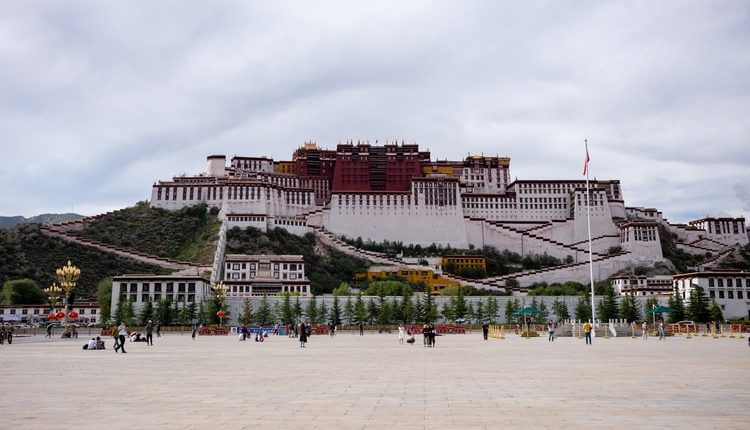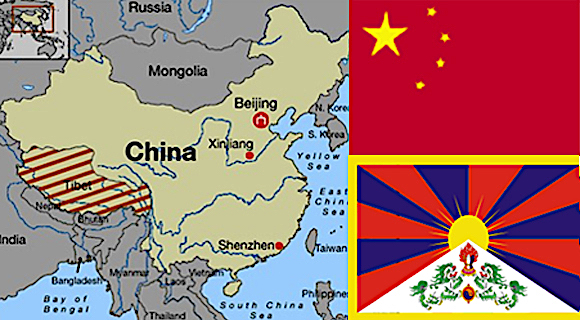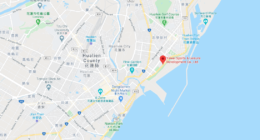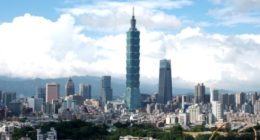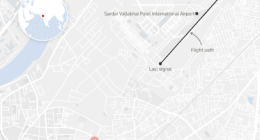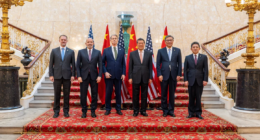This is part two in a two part piece on ‘The Liberation of Tibetans & Chinese Colonialism In Tibet’ – by Jigme Yeshe Lama, Assistant Professor, Department of Political Science, University of Calcutta
The professor participated in the “2012 Taiwan Study Camp for Future Leaders from South Asia” organised by Taiwan’s Ministry of Foreign Affairs in 2012.
Pt. I is here
A policy of the Chinese that was incorporated in the Seventeen Point Agreement was supporting the Tenth Panchen Lama, whose monastery earlier had strong disagreements with the Tibetan government.
Beijing wanted to establish the Panchen Lama as a counter to the Dalai Lama. Eventually, the colonial attitudes of the Chinese communists led to an end to the enforced bonhomie between China and Tibet.
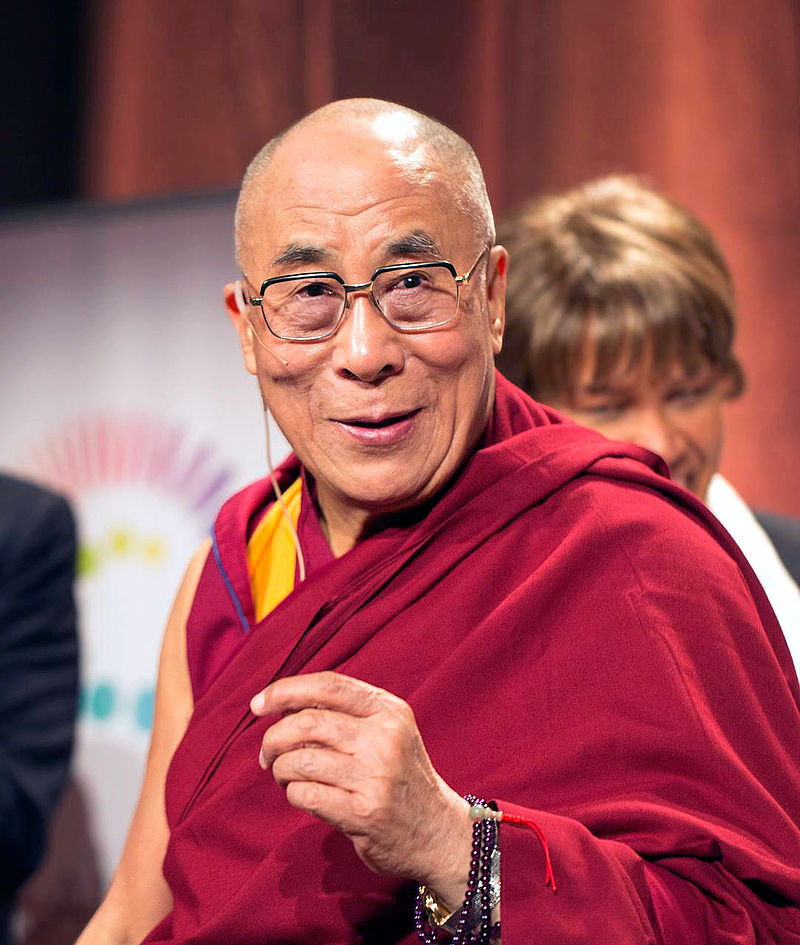
There was a strong failure of the communists to comprehend the deep organic links between U-tsang with Kham and Amdo, where the repressive policies had led to an outburst of armed rebellion from local Tibetans.
The response from the Chinese state was highly brutal with the bombing of the ancient monasteries of Chatreng and Lithang in Kham, leading to the killing of thousands of monks and civilians massed there for protection.
The ones who survived slowly made their way to U-tsang seeking refuge and looking for protection.
Much of the rebellion was coordinated by a few individuals, among whom the Khampa merchant Andru Gonpo Tashi played an important role.
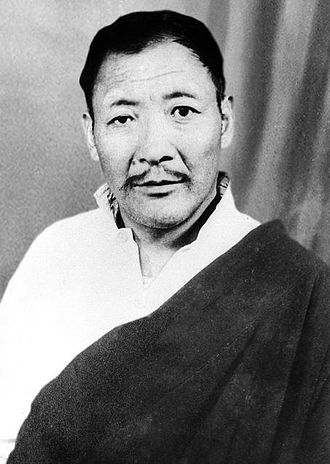
There was the subsequent establishment of the Tibetan armed resistance force; the Chu Shi Gang Druk (Four Rivers Six Ranges) which launched armed uprisings against the Chinese colonialists.
The tensions aggravated and led to the Tibetan uprising on 10 March 1959, when tens of thousands of ordinary Tibetans came out in protest against the Chinese occupation in Lhasa.
It was a popular uprising that displayed the deep-seated anger of common Tibetans against the Chinese.
The angry crowd targeted Tibetans who were colluding with the Chinese state, thus truly making it into a national uprising by Tibetans.
The popular uprising provided the perfect excuse to the Chinese authorities to launch an armed reprisal against the Tibetans, who had to be suppressed.
The failure of the uprising forced the Dalai Lama to ‘come’ into exile in India, along with tens of thousands of Tibetans who decided to follow their leader.
Inside Tibet, the Chinese unleased brutal violence on the remaining Tibetans that interestingly was documented by the Panchen Lama.
He was the same religious figure whom the Chinese had groomed and created as a replacement to the Dalai Lama.
In 1962, he wrote his famous Seventy Thousand Character Petition, which was addressed to the top rung of the Chinese Communist Party.
It was a strong rebuke from the young reincarnate of the policies implemented by China inside Tibet.
The petition provides us with a glimpse of the massive destruction caused to the Tibetan way of life.
The Panchen Lama writes how “in Qinghai (Amdo province) there are between three to four thousand villages and towns, each having between three to four thousand families with four to five thousand people. From each town and village, about 800 to 1000 people were imprisoned. Out of this (number), at least 300 to 400 people (have) died in prison. Hence, half the population perished”.
He further writes “last year that is in 1986, it was discovered that only a handful of people participated in the rebellion.”
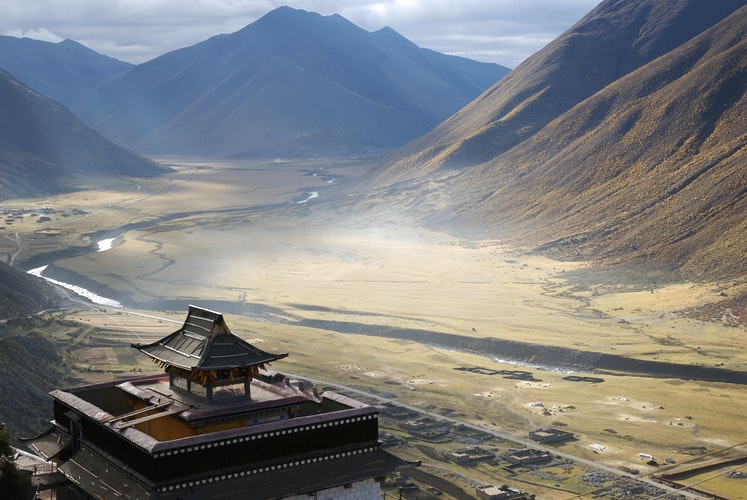
He continued “(The) majority of the population were innocent. In my Seventy Thousand Character Petition, I mentioned that about five percent of the population had been imprisoned. According to my information at that time, it was between 10 to 15 percent. But I did not have the courage to state such a huge figure. I would have died under Thamzing if I had stated the real figure”.
Thamzing is the Tibetan word for a struggle session, which was one of the devious methods adopted by the Chinese communists to torture their opponents.
The petition by the Panchen Lama was seen as an attack, especially by Mao, on the party.
He termed the petition as an attempt by a feudal ruler to regain his class position and he described it as a “poisoned arrow aimed at the Party by reactionary feudal overlords”.
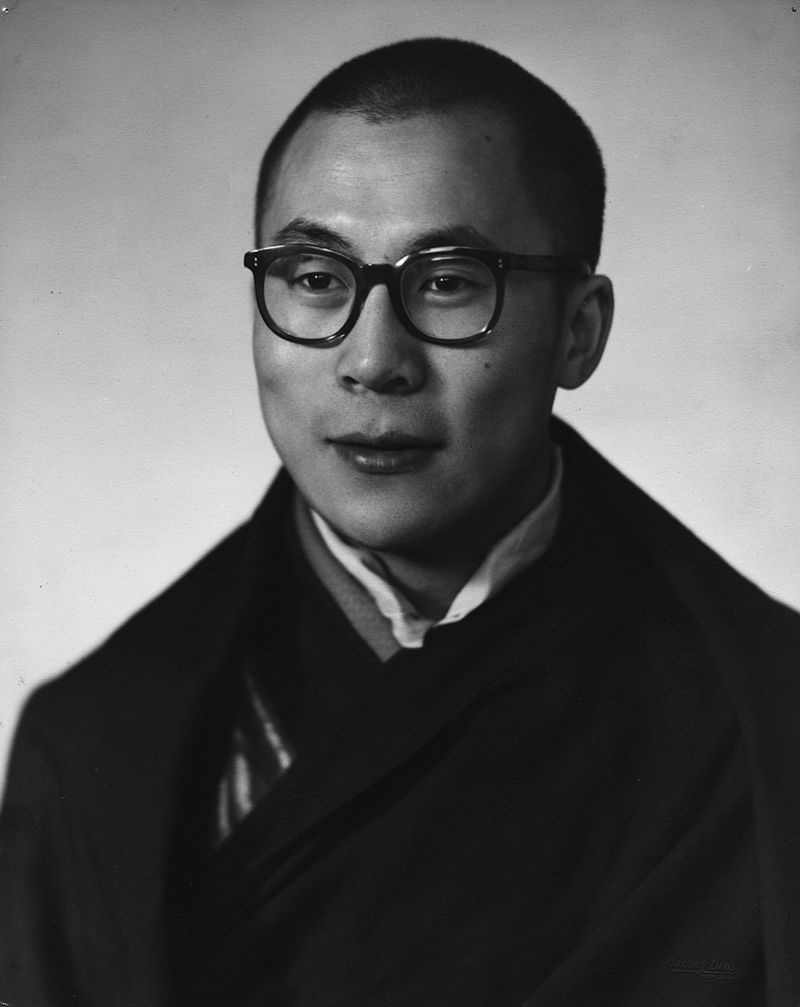
The Panchen Lama was eventually punished by being kept in isolation for nearly two years, and on 18 September 1964, in Lhasa he had to undergo struggle sessions.
The earlier party favourite, groomed by the communists was castigated and awarded the three labels or ‘hats’ of being an enemy of the people, an enemy of the party and an enemy of socialism.
What the Panchen Lama did was simply state the facts and speak truth to power.
This came at a terrible cost as the Panchen Lama spent nine years and eight months of the next 14 years in prison in Beijing, with the remainder under some form of house detention.
During the Cultural Revolution (1966-76), he was brutally tortured and publicly humiliated for his bravery.
The petition also reveals the extensive destruction of Tibetan Buddhism, with 2500 monasteries reduced to only 70 or so monasteries after the ‘democratic reforms’.
While preparing the petition, the Panchen Lama was still the top Tibetan official for the Chinese in Tibet.
Thus, he would have had high level access to many places, hence making his criticism against the Chinese excesses powerful and genuine criticism.
Thousands of Tibetans suffered the same fate as the Panchen Lama, many even worse as they perished in prison or while performing hard labour.
Huge numbers died due to starvation, all a result of the flawed policies of the Great Leap Forward imposed by Mao on China, which was extended to unsuspecting Tibetans.
Naktsang Nulo, a Tibetan official serving in post in 1980s Tibet in his haunting memoir, the English translation titled; ‘My Tibetan Childhood: When Ice Shattered Stone’ writes how many had resorted to eating ones leather boots and worse the flesh of the dead.
Such was the ‘liberation’ forced by the Chinese on the Tibetans.
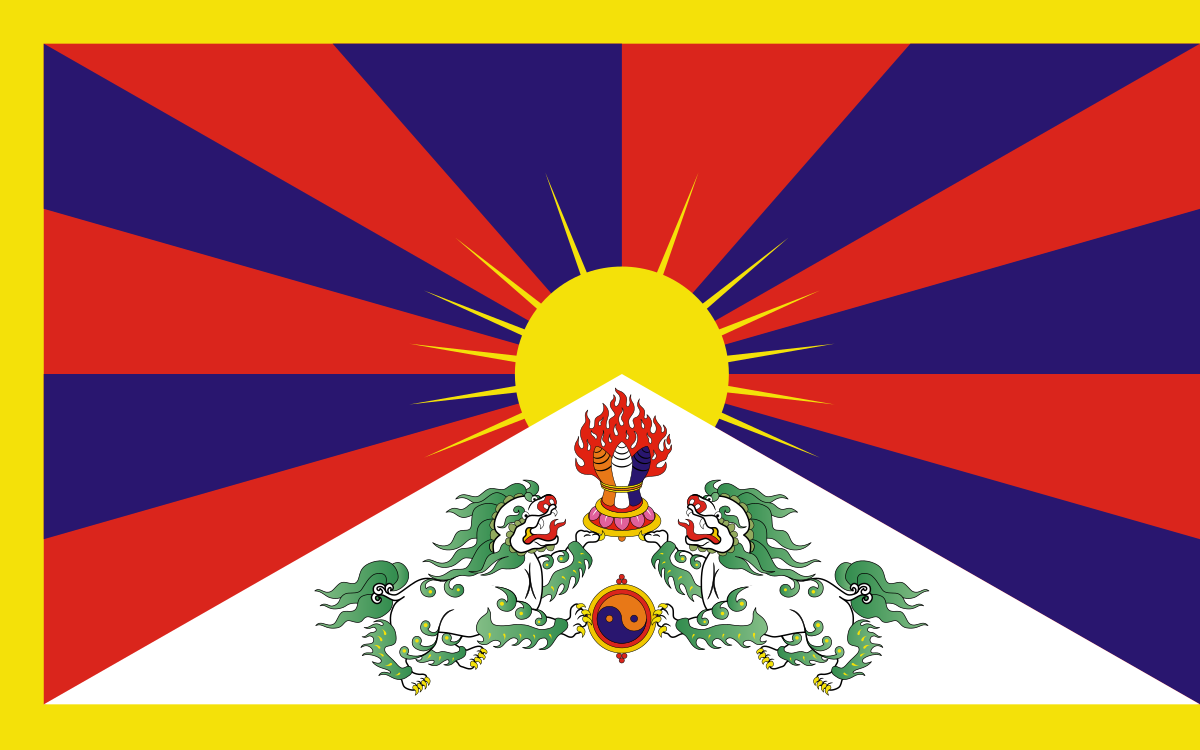
Since the 1950s, ordinary Tibetans have been opposing the Chinese ‘liberation’ of Tibet, an act that still continues.
Tibetan defiance of Chinese rule was seen recently in July 2020, when two Tibetans were imprisoned for composing and singing a song praising the Dalai Lama.
The lyricist Khado Tsetan and the singer Tsegao were arrested in the village of Gonshu Hongor in Zeku County, eastern Tibet.
They were charged with subversion of state law and leaking information to the outside world.
Khado Tsetan was sentenced to 7 years in prison and Tsegao to three years.
A Tibetan girl from the same county was also arrested for posting the song on social media.
These individuals were mostly born in post-1980s Tibet, when the repressive Maoist policies had been reduced, and economic reforms had been introduced in Tibetan areas.
Thus, a large section of these Tibetans has not undergone the deep oppression and suffering brought about by Chinese ‘liberation’.
Yet, their aspirations for Tibetan identity, for freedom and their adoration of His Holiness the Dalai Lama, who is seen as their leader have remained strong.
Even after 70 years of ‘liberation’ the next generation of Tibetans inside Tibet are rejecting Chinese rule and seeking freedom.
